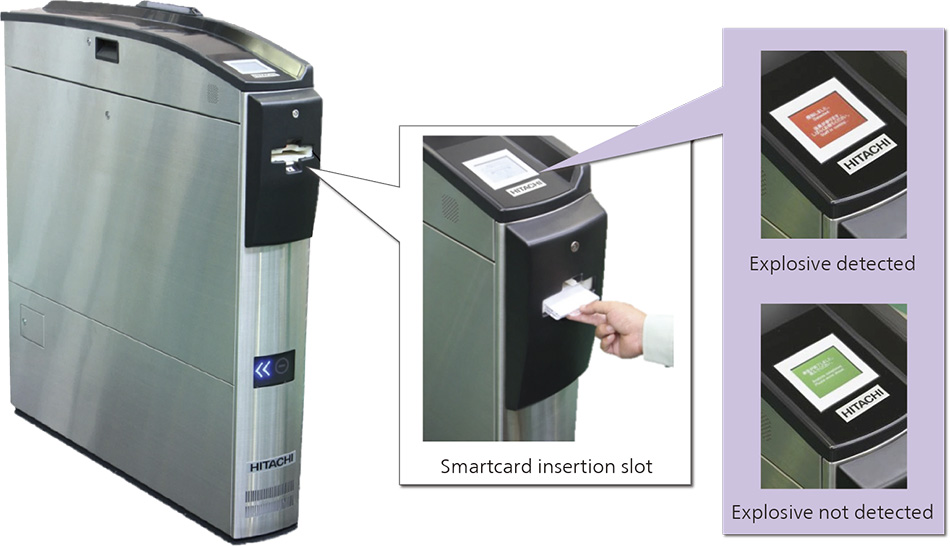1. Small-sized Embedded Computer
For social infrastructure systems from which a high level of reliability and availability is expected, new needs with a focus on practical use are emerging, such as the provision of diverse services for practical use and the utilization of precise and up-to-date information on users’ premises. These needs cannot be met without introducing a smart system to practical operations. When there is insufficient installation space on the premises under harsh environmental conditions, it is necessary to ensure that the system supports different communication environments and that electronic and information equipment that processes operational information can be operated stably for a long period of time. In response, Hitachi offers small-sized embedded computers without fans or hard disk drives (HDDs) to reduce the necessity of maintenance and achieve a compact size that can be installed in an area equivalent to A4 size.
The main features are as follows.
- 1. RS485 serial communication (Recommended Standard 485) and digital input/output
- It is compatible with a monitoring terminal and with a control system for lamps, alarms and motors.
- 2. Simplified graphical display function
- It is applicable for touchscreen control devices and information display units.
- 3. Real-time programming environments
- It may be introduced to control applications for ensuring response times, and it opens the way for using Hitachi’s development assets concerning existing applications.







